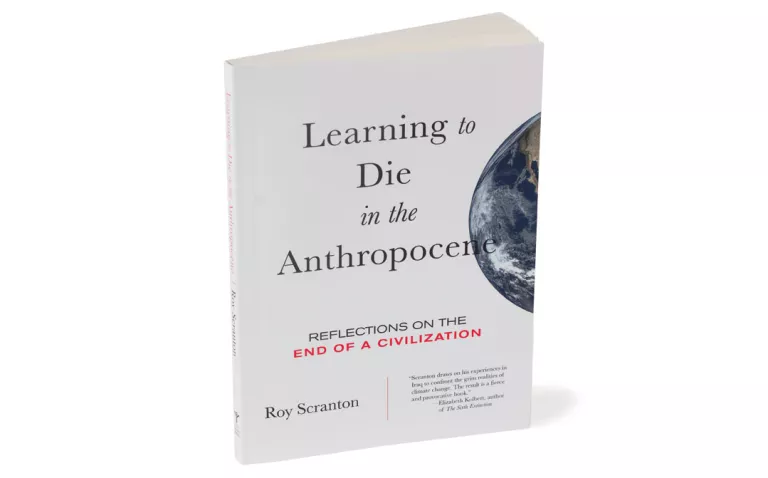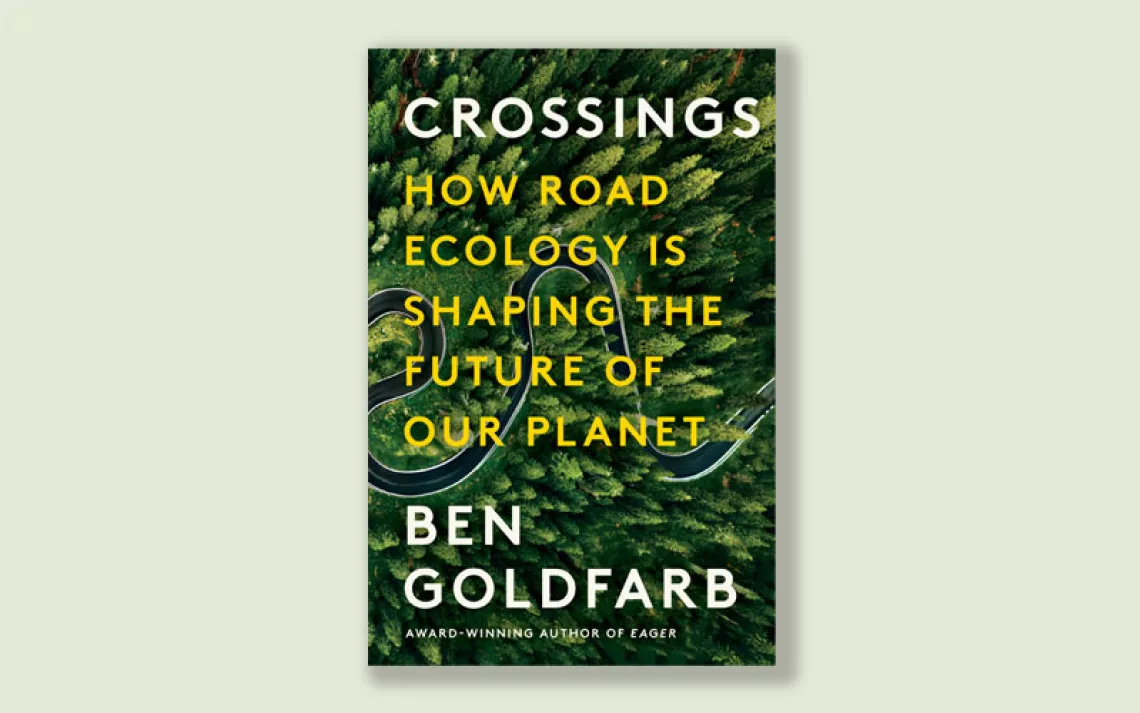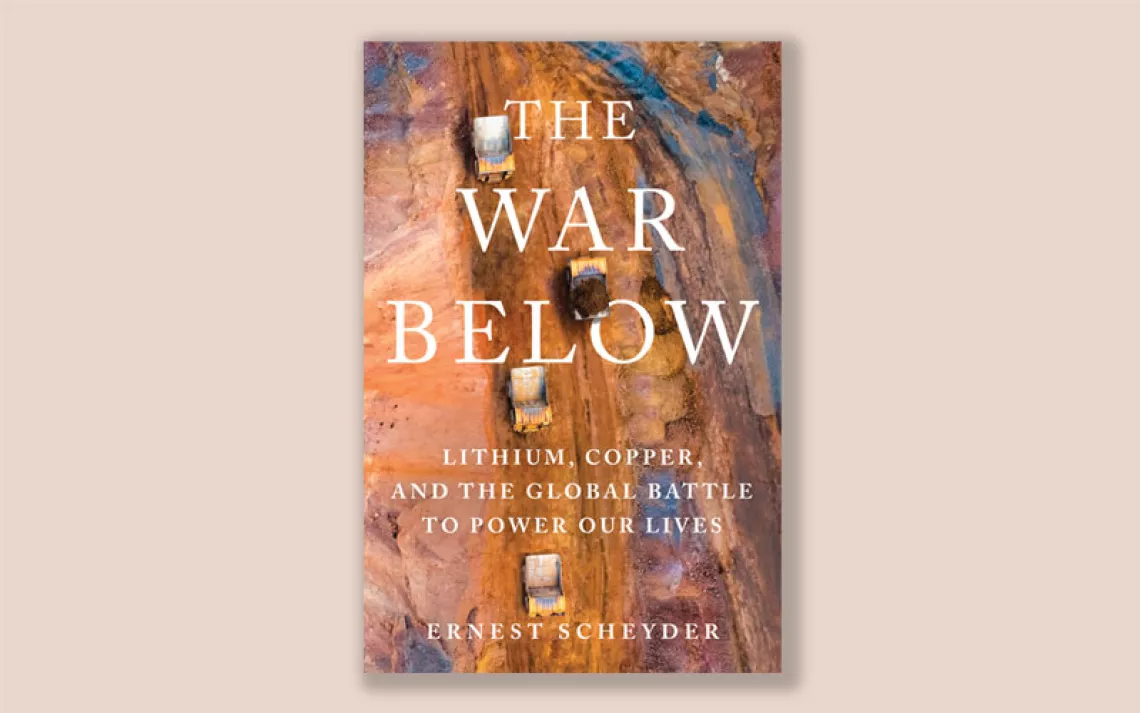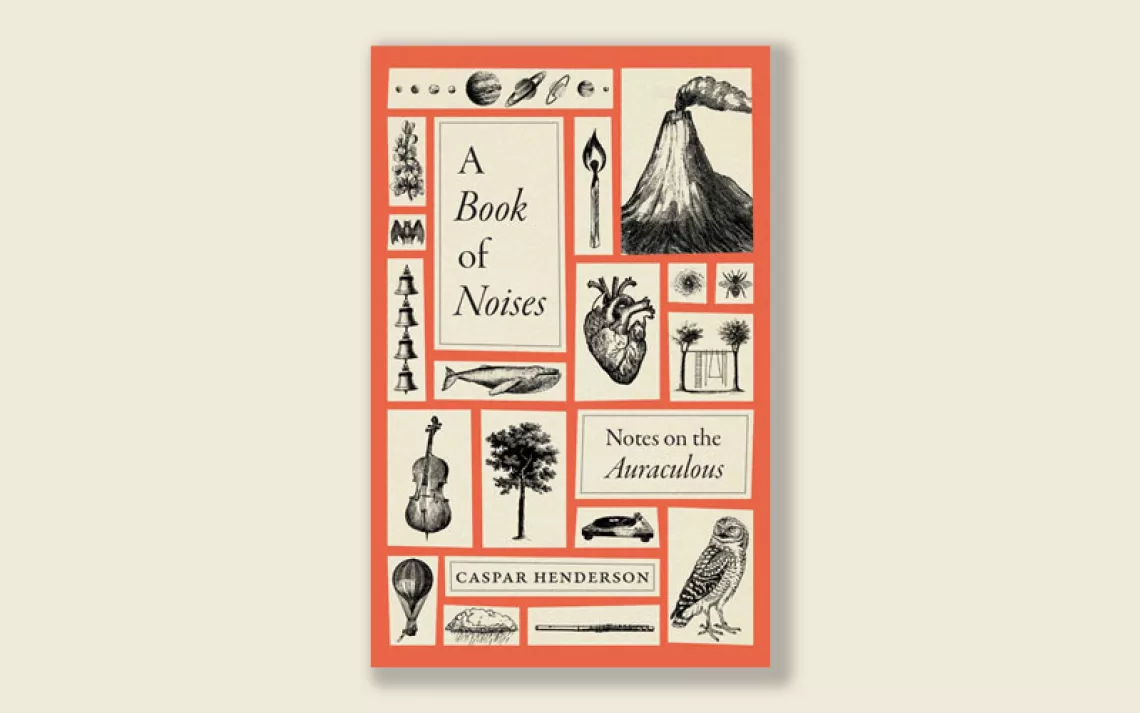Dying to Live
In Learning to Die in the Anthropocene, Roy Scranton explores the global failure to address the climate crisis.

Learning to Die in the Anthropocene by Roy Scranton. | Photo by Lori Eanes
By 2003, 26-year-old Roy Scranton had already learned how to die. He attributed his physical and emotional survival while serving a tour of duty with the U.S. Army in Iraq to the teaching of an 18th-century samurai manual: "Meditation on inevitable death should be performed daily." By imagining the worst, Scranton was able to concentrate on safeguarding his fellow soldiers.
He returned to the United States in time for Hurricane Katrina's destruction of New Orleans. That led Scranton to consider what it meant to live in a time when humanity operates as a geological force. In 2013, he wrote an op-ed for the New York Times, in which he insisted that the sooner humans realized that their civilization was already dead, the sooner they could address their new situation. The essay forms the core of Learning to Die in the Anthropocene: Reflections on the End of a Civilization (City Lights, 2015).
With clarity and conviction, Scranton explores the global failure to address the climate crisis and the possibility that the planet could become uninhabitable. Referring to classic texts as far back as The Epic of Gilgamesh, he urges readers to face their fear of death and find guidance in literature as they prepare for and adapt to the future.
The book is an unapologetic punch in the gut, likely to leave many readers gasping. Scranton does offer a kind of hope: By making tough accommodations and reconnecting with our core humanity, we may eventually be able to recover our collective breath.
 The Magazine of The Sierra Club
The Magazine of The Sierra Club







